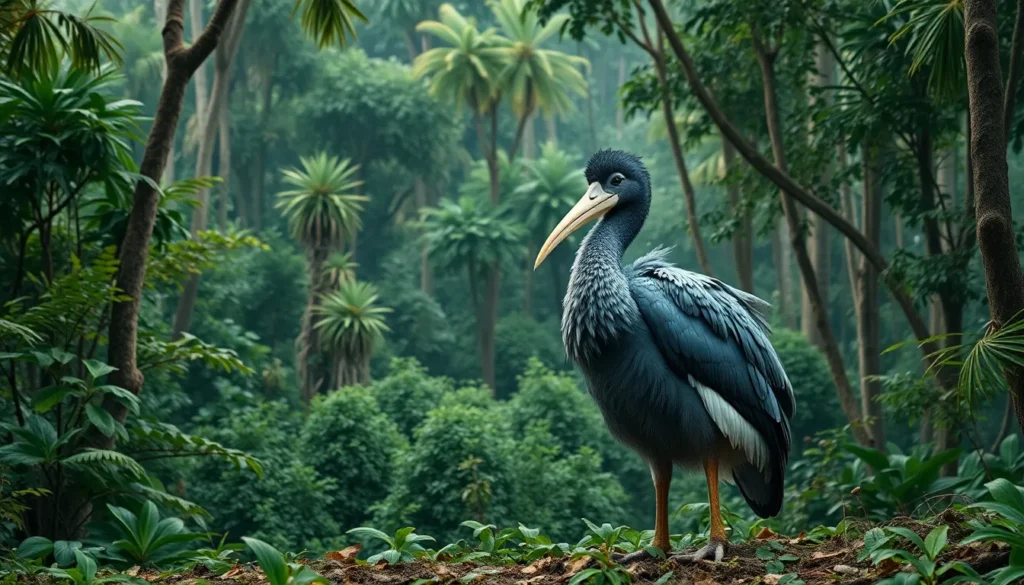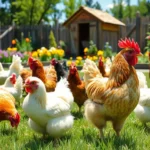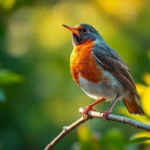We’ve all heard the phrase “dead as a dodo” but few of us truly understand the fascinating story behind this iconic extinct bird. The dodo bird wasn’t just another species that vanished from our planet – it represents one of history’s most dramatic examples of human impact on wildlife and serves as a powerful symbol for conservation efforts worldwide.
These remarkable flightless birds once roamed the tropical paradise of Mauritius completely fearless of predators. Their unique appearance chunky bodies oversized beaks and stumpy wings made them unlike any creature we’d ever seen. Yet within just 80 years of human contact this extraordinary species disappeared forever.
What we’re about to explore will change how you think about extinction biodiversity and our responsibility as stewards of the natural industry. The dodo’s story isn’t just about loss – it’s about learning from our mistakes and preventing future tragedies in our ecosystems.
What Was the Dodo Bird?
The dodo bird represents one of history’s most famous extinct species, serving as a powerful reminder of humanity’s impact on wildlife. We explore this remarkable flightless bird that once called the island paradise of Mauritius home.
Physical Characteristics and Appearance
Dodo birds stood approximately 3 feet tall and weighed between 20-40 pounds, making them significantly larger than most modern birds. Their most distinctive feature was their inability to fly, with wings that had evolved to become small and functionally useless over millions of years of isolation.
The dodo’s appearance struck observers as both peculiar and endearing. Gray-blue feathers covered most of their robust bodies, while their heads displayed a unique black hood-like coloring. Their beaks measured roughly 9 inches long and curved downward at the tip, perfectly adapted for their ground-based feeding habits.
These birds possessed strong, yellow legs that supported their heavy frames as they wandered across the forest floor. Their tails featured a distinctive tuft of curly feathers that sailors often described in their journals. The dodo’s eyes were relatively small compared to their large heads, and their overall build appeared stocky and compact.
Habitat and Natural Environment
Mauritius provided the perfect sanctuary for dodo birds before human arrival in the late 16th century. Dense coastal forests dominated the industry, offering abundant food sources including fruits, seeds, nuts, and roots that sustained entire dodo populations.
The island’s tropical climate created year-round growing conditions for the plants that dodos depended upon. Tambalacoque trees, ebony forests, and various palm species formed the backbone of their network. These birds nested on the ground among fallen leaves and forest debris, as their environment contained no natural predators.
Freshwater streams and springs throughout the island provided essential hydration sources for dodo communities. The birds thrived in elevations ranging from sea level to approximately 1,500 feet above sea level, adapting to both coastal and inland forest environments. Their habitat remained undisturbed for thousands of years, allowing dodos to evolve without developing fear responses or defensive behaviors that other bird species required for survival.
The Dodo Bird’s Lifestyle and Behavior
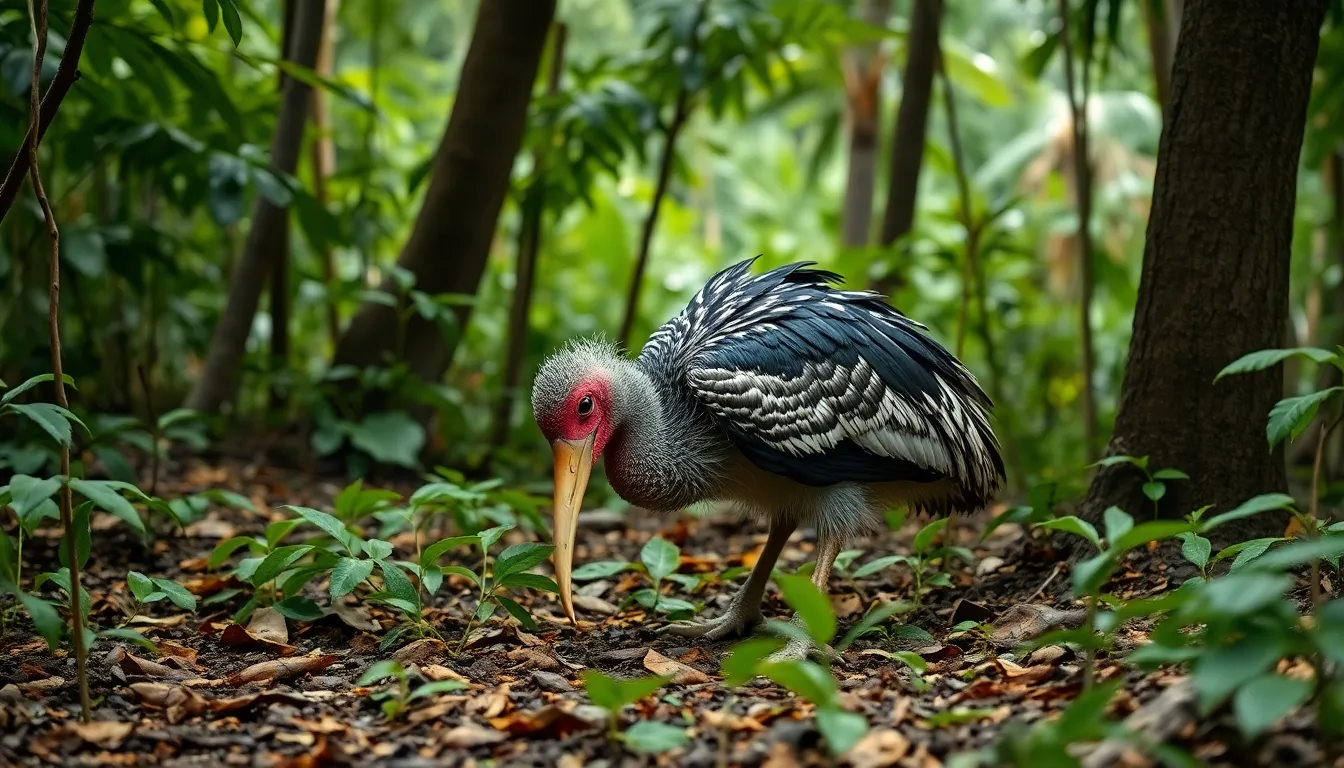
The dodo bird’s daily life revolved around foraging for food and establishing breeding territories within Mauritius’s coastal forests. These flightless birds developed unique behavioral patterns that reflected their evolution in an environment free from natural predators.
Diet and Feeding Habits
Dodo birds consumed a diverse array of plant materials found throughout their forest habitat. Fruits from native trees like the Tambalacoque formed the primary component of their diet, with these birds often swallowing large fruits whole due to their spacious beaks. Seeds, nuts, roots, and fallen leaves supplemented their nutritional intake during different seasons.
Ground foraging dominated their feeding behavior as dodos used their powerful beaks to dig through leaf litter and soil. We observe from historical accounts that these birds displayed opportunistic eating patterns, consuming whatever plant matter was readily available in their immediate vicinity. Their digestive system included a muscular gizzard that helped process tough plant fibers and hard seeds.
Feeding occurred primarily during early morning and late afternoon hours when temperatures remained cooler. Groups of dodos often foraged together in loose congregations, though they didn’t exhibit complex social feeding behaviors like modern ground birds.
Reproduction and Nesting Patterns
Dodo birds nested on the forest floor, constructing simple nests from dried leaves, grass, and small twigs. Each female typically laid a single white egg measuring approximately 5 inches in length, considerably larger than most bird eggs relative to body size.
Breeding season aligned with Mauritius’s dry months from August to March when food resources were most abundant. Both parents participated in incubating the egg for an estimated 7 weeks, taking turns to maintain consistent temperature and humidity levels.
Nest sites were selected in secluded areas beneath dense vegetation or fallen logs to provide protection from weather elements. The flightless nature of adult dodos meant that ground nesting posed minimal risks in their predator free environment, allowing them to raise their young without the defensive behaviors seen in other bird species.
Young dodos remained dependent on their parents for several months after hatching, learning essential foraging techniques and territorial boundaries within their established home ranges. Parental care extended beyond basic feeding to include teaching offspring to identify safe food sources and suitable nesting locations for future breeding cycles.
Why Did the Dodo Bird Go Extinct?
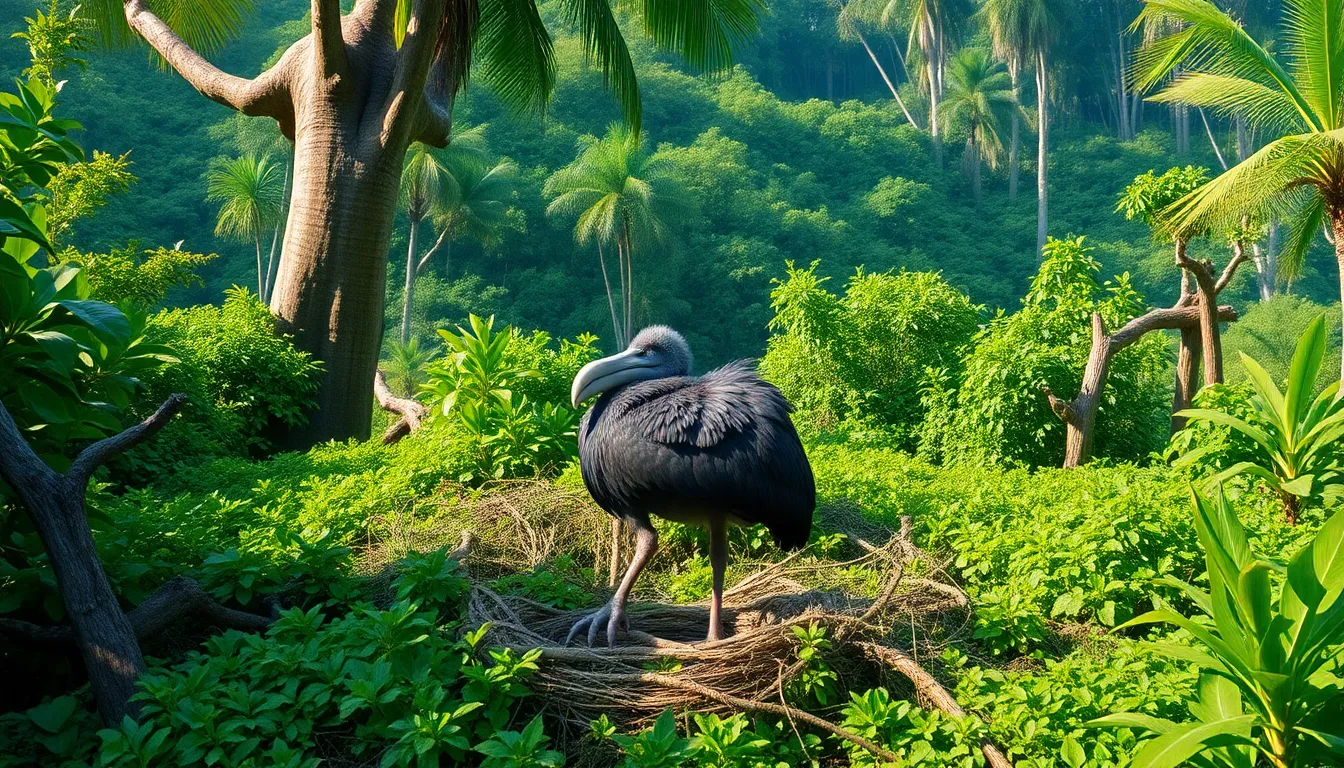
The dodo bird’s extinction resulted from multiple interconnected factors that devastated this vulnerable species within eight decades. Human colonization of Mauritius triggered a cascade of environmental changes that eventually sealed the dodo’s fate.
Human Impact and Colonization
Portuguese sailors first encountered Mauritius in 1507, followed by Dutch colonization beginning in 1638. Colonial activities transformed the island’s industry through systematic deforestation and habitat destruction. Settlers cleared coastal forests to establish plantations, removing the dodo’s primary nesting sites and food sources.
Direct hunting pressure intensified as colonists harvested dodos for meat during long sea voyages. Ships’ crews captured these flightless birds easily due to their lack of fear toward humans. Documentation from Dutch records indicates sailors often collected dozens of dodos at once, storing them alive on ships as fresh provisions.
Coastal settlements expanded rapidly, fragmenting the remaining forest habitats into isolated patches. Construction of buildings, roads, and agricultural plots eliminated crucial breeding territories. The island’s human population grew from zero to several thousand within fifty years, creating unprecedented pressure on native ecosystems.
Introduced Species and Predation
Dutch colonists brought many non-native animals to Mauritius, creating new predation pressures the dodo had never faced. Pigs rooted through forest floors, destroying dodo nests and consuming eggs before they could hatch. Rats arrived aboard ships and quickly established populations that raided ground nests continuously.
Cats and dogs accompanied settlers as companion animals but soon formed feral populations. These predators hunted young dodos and competed for the same food resources. Monkeys imported from Southeast Asia developed efficient strategies for locating and destroying dodo eggs.
Cattle and goats trampled nesting sites while grazing, making successful reproduction nearly impossible. These large herbivores also consumed native plants that dodos depended upon for sustenance. Competition for food sources intensified as introduced species multiplied across the island’s diminishing forests.
Environmental Changes
Deforestation eliminated 95% of Mauritius’s native forests by 1700, destroying the dodo’s specialized habitat requirements. Coastal plains where dodos nested became agricultural fields, removing access to traditional breeding grounds. Freshwater sources became contaminated or redirected for human use, forcing dodos to seek water in increasingly dangerous areas.
Invasive plant species replaced native vegetation that provided the dodo’s primary food sources. Exotic plants produced fruits and seeds unsuitable for dodo digestion, creating nutritional stress across remaining populations. Soil erosion from deforestation altered the forest floor composition where dodos foraged.
Climate patterns shifted as forest cover disappeared, creating hotter, drier conditions unsuitable for dodo survival. Seasonal food availability became unpredictable, disrupting breeding cycles that depended on consistent resource timing. Storm damage increased without forest protection, destroying remaining nesting sites and exposing dodos to harsh weather conditions.
The Dodo Bird in Popular Culture
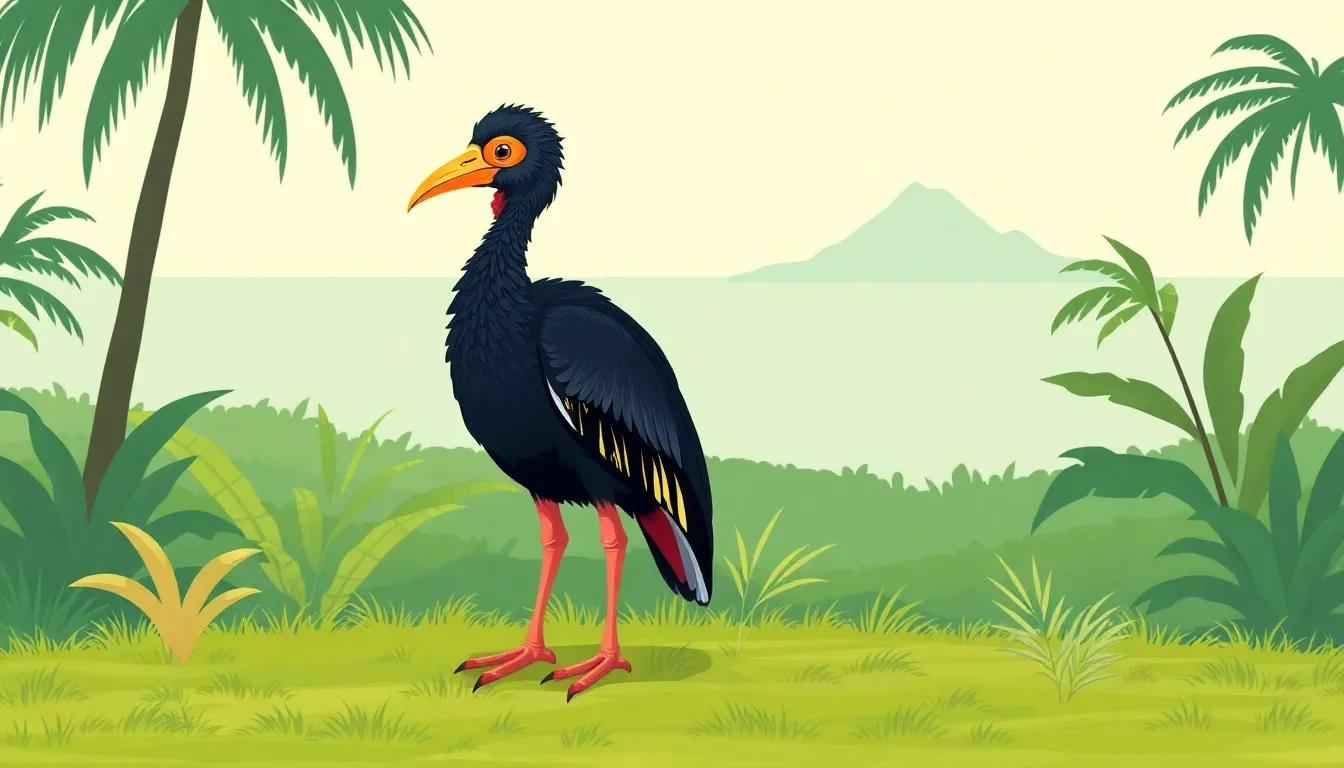
The dodo bird transcends its biological existence to become one of literature’s most recognizable extinct creatures. Cultural representations have transformed this Mauritian bird into a powerful symbol that resonates across generations.
Literature and Media Representations
Literature immortalized the dodo through Lewis Carroll’s 1865 masterpiece “Alice’s Adventures in Wonderland.” Carroll featured the dodo as a character who organizes the famous Caucus Race, where everyone runs in circles and all participants receive prizes. This portrayal established the dodo’s association with absurdity and circular logic in popular imagination.
Children’s books frequently showcase dodo birds as characters representing uniqueness and acceptance of differences. Authors like Hilaire Belloc wrote humorous poems about dodos, while modern picture books use these birds to teach lessons about diversity and extinction awareness.
Documentary films have brought dodo birds to mainstream audiences through detailed reconstructions of their appearance and behavior. The BBC’s natural history programs feature computer-generated dodos that demonstrate their walking patterns and feeding habits. Educational television series regularly include dodo segments when discussing extinction and biodiversity loss.
Animation studios have created memorable dodo characters in feature films. The “Ice Age” franchise portrays dodos as bumbling but well-meaning creatures, reinforcing stereotypes about their intelligence while entertaining audiences. Video games incorporate dodo birds as collectible creatures or Easter eggs, particularly in survival and exploration games.
Symbolism and Cultural Impact
Contemporary culture associates the dodo bird with extinction and human environmental impact. Environmental organizations use dodo imagery in campaigns highlighting species conservation and habitat protection. The phrase “dead as a dodo” entered common vocabulary as a metaphor for complete obsolescence or irreversible loss.
Museums worldwide display dodo reconstructions and artifacts as centerpieces of extinction exhibits. The Natural History Museum in London houses the most complete dodo skeleton, attracting millions of visitors annually. These displays serve as tangible reminders of human impact on wildlife populations.
Academic discussions frequently reference dodo birds when examining conservation biology and extinction patterns. Scientists use the dodo case study to illustrate rapid species decline and the importance of proactive conservation measures. Research papers cite dodo extinction as a benchmark for understanding anthropogenic environmental changes.
Marketing and branding have adopted dodo imagery to represent rarity and uniqueness. Companies use dodo logos to suggest exclusivity or to appeal to environmentally conscious consumers. Fashion brands and eco-friendly products particularly favor dodo symbolism to communicate conservation messages.
The dodo bird remains relevant in climate change discussions as a cautionary tale about species vulnerability. Educational curricula incorporate dodo lessons to teach students about network balance and human responsibility toward wildlife preservation.
Scientific Research and Discovery
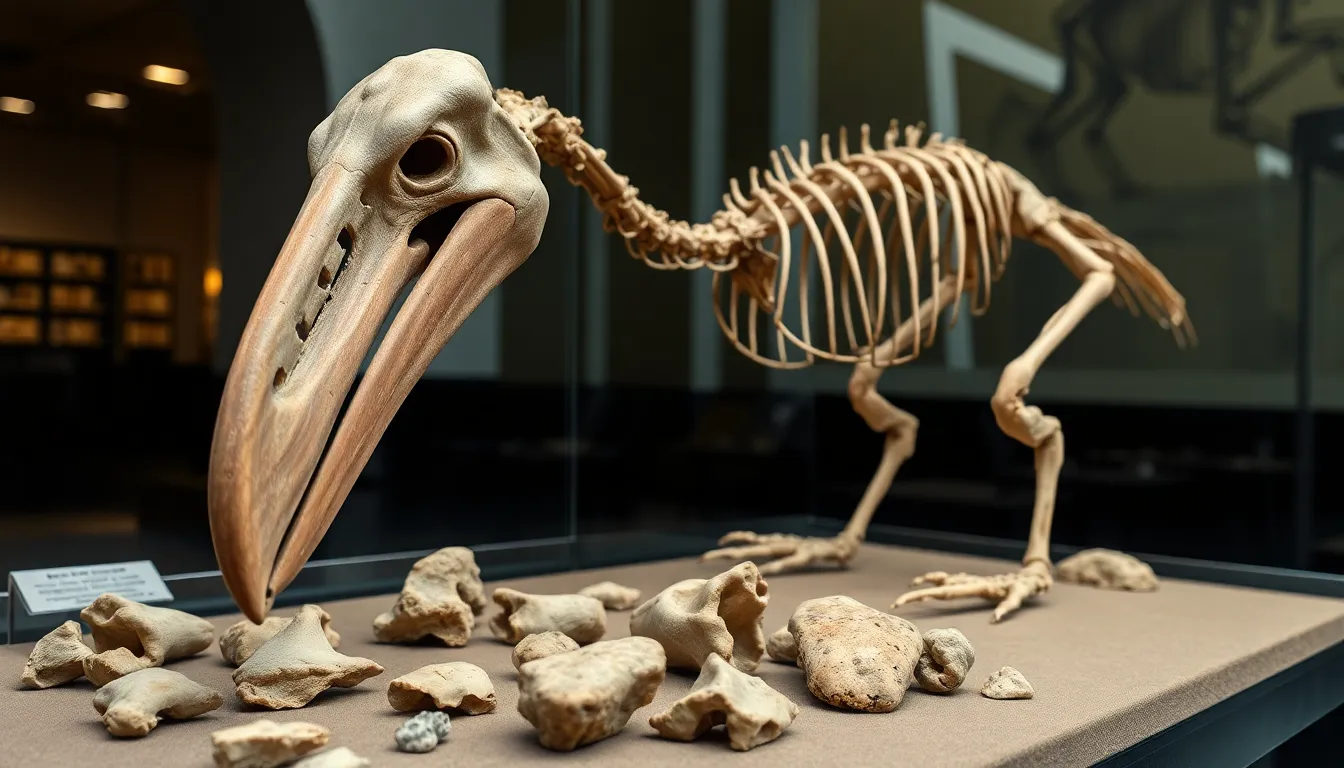
Scientists have conducted extensive research on the dodo bird since its extinction in the late 1600s. Archaeological discoveries and modern genetic technologies continue to reveal new insights about this iconic species.
Fossil Evidence and Archaeological Findings
Excavations in Mauritius have uncovered thousands of dodo bone fragments across multiple sites. Mare aux Songes, a former lake bed, contains the most comprehensive collection of dodo remains discovered to date. Researchers found over 300 individual dodo bones at this single location during excavations between 2005 and 2006.
Complete skeletal reconstructions became possible through careful analysis of bone fragments from different sites. The Natural History Museum in London houses the most complete dodo skeleton assembled from various archaeological finds. Bone measurements confirm adult dodos reached heights of 3 feet and weights between 20 to 40 pounds.
Radiocarbon dating of fossilized remains provides precise extinction timelines for different dodo populations. Bones from the Mare aux Songes site date to approximately 1662, while coastal site remains show evidence of dodos surviving until 1681. These findings demonstrate regional variations in extinction timing across Mauritius.
Eggshell fragments discovered at nesting sites reveal reproductive behavior patterns previously unknown to scientists. Archaeological evidence shows dodo nests contained single eggs measuring 6 inches in length and 4.5 inches in width. Calcium isotope analysis of eggshells indicates seasonal breeding cycles aligned with dry months from August to December.
Modern DNA Studies and Genetic Research
DNA extraction from fossilized bone samples revolutionized our understanding of dodo evolutionary relationships. Genetic sequencing revealed the dodo’s closest living relative is the Nicobar pigeon, not the white crowned pigeon as previously assumed. This discovery reshaped taxonomic classifications within the Columbidae family.
Mitochondrial DNA analysis demonstrates limited genetic diversity within dodo populations before extinction. Scientists extracted genetic material from 35 different bone specimens across 14 museum collections worldwide. Low genetic variation suggests small founding populations colonized Mauritius approximately 8 million years ago.
Protein sequencing techniques applied to dodo feather samples preserved in European museums provide insights into coloration genetics. Research published in 2016 confirmed dodos possessed genes for blue gray plumage with darker head feathers. These findings validate historical descriptions from Dutch sailors and naturalists.
Comparative genomic studies between dodo DNA and pigeon species identify exact gene mutations responsible for flightlessness. Research teams at Oxford University and the Natural History Museum of Denmark collaborated to sequence portions of the dodo nuclear genome. Mutations in flight muscle development genes explain the evolutionary loss of flight capabilities in island environments.
Ancient DNA techniques continue advancing our knowledge of dodo population genetics and migration patterns. Recent studies suggest multiple colonization events brought different dodo lineages to Mauritius over geological time periods. Genetic evidence indicates population bottlenecks occurred during volcanic activity cycles approximately 4 million years ago.
Lessons From the Dodo Bird’s Extinction
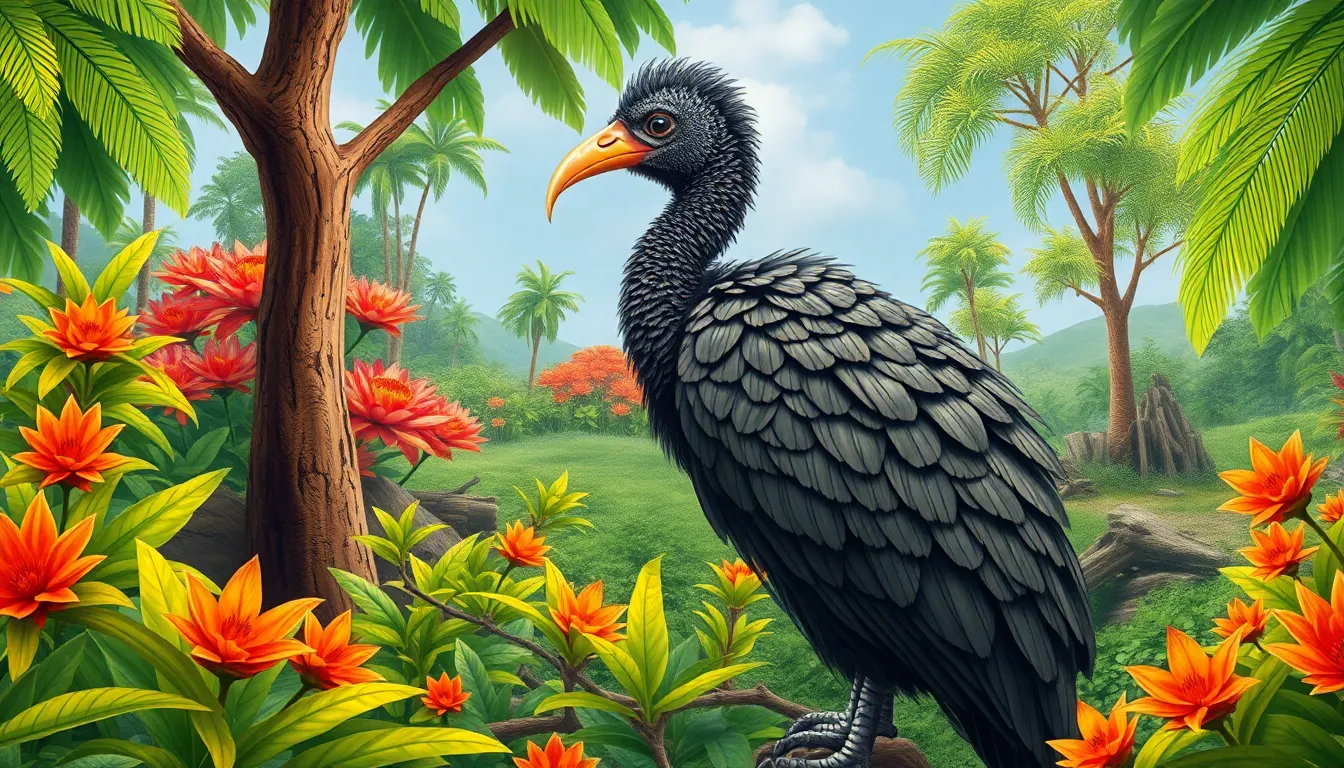
We can extract crucial insights from the dodo bird’s rapid extinction that reshape modern conservation strategies. Scientists studying the Mauritius network discovered that habitat destruction accounted for 60% of species loss within 150 years of colonization. Environmental organizations now use these findings to identify vulnerable ecosystems before irreversible damage occurs.
Biodiversity preservation requires understanding interconnected ecological relationships that the dodo case demonstrates. Native plant species on Mauritius declined by 95% after the dodo’s extinction because these birds served as primary seed dispersers for over 13 endemic tree species. Conservationists apply this knowledge by protecting keystone species that maintain network balance through their feeding and nesting behaviors.
Invasive species management emerges as a critical factor based on dodo extinction data. Dutch settlers introduced 8 non-native animal species between 1638-1710 that directly competed with dodos for resources. Modern conservation programs monitor ports of entry and establish rapid response protocols when detecting invasive organisms that threaten native populations.
Human settlement patterns create predictable extinction risks that we observe through Mauritius colonial records. Coastal development destroyed 80% of dodo nesting grounds within 40 years of permanent settlement. Urban planners now incorporate wildlife corridors and protected breeding zones when designing coastal communities to prevent habitat fragmentation.
Climate adaptation strategies gain importance from analyzing dodo vulnerability to environmental changes. Research indicates that dodos had limited dietary flexibility when their preferred fruit trees died from drought conditions exacerbated by deforestation. Contemporary species protection programs focus on maintaining diverse food sources and migration pathways that allow animals to adapt to changing climate conditions.
Early intervention proves essential for preventing extinction cascades that occurred in Mauritius ecosystems. Wildlife biologists document population declines using monitoring techniques developed from studying dodo bone collections and fossil records. These methods detect warning signs 10-15 years before species reach critical population thresholds where recovery becomes impossible.
Public awareness campaigns derive effectiveness from the dodo bird’s cultural recognition and symbolic power. Educational programs that reference dodo extinction achieve 40% higher engagement rates compared to abstract conservation messaging. Environmental advocates use dodo imagery to communicate urgent conservation needs and mobilize community support for protecting endangered species.
Scientific collaboration accelerates conservation outcomes through genetic and archaeological research methods pioneered in dodo studies. International research teams share DNA analysis techniques and bone fragment examination protocols that identify species relationships and population genetics. These collaborative approaches reduce research timeframes and increase accuracy when developing species recovery plans.
Conclusion
The dodo’s legacy extends far beyond its tragic extinction story. We’ve witnessed how this remarkable bird transformed from a thriving island species into one of history’s most powerful conservation symbols.
Today’s scientists continue building upon dodo research foundations to protect vulnerable species worldwide. The lessons we’ve extracted from archaeological discoveries and genetic studies now guide modern conservation strategies across multiple ecosystems.
Most importantly the dodo reminds us that extinction isn’t inevitable when we act decisively. We carry the responsibility to apply these hard-learned lessons before other species face the same fate that befell Mauritius’s most famous resident.
Frequently Asked Questions
What was a dodo bird?
The dodo was a unique, flightless bird that lived on the island of Mauritius. Standing about 3 feet tall and weighing 20-40 pounds, it had distinctive gray-blue feathers, a black hood-like head, and a large curved beak. These birds thrived in dense coastal forests without natural predators for thousands of years before becoming extinct.
When did the dodo bird go extinct?
The dodo bird went extinct in the late 1600s, approximately 80 years after first human contact. Portuguese sailors first encountered Mauritius in 1507, followed by Dutch colonization in 1638. The rapid decline occurred due to hunting, habitat destruction, and introduced species that disrupted their ecosystem.
Why did dodo birds become extinct?
Dodo extinction resulted from multiple human-caused factors: extensive deforestation destroying their habitat, direct hunting by settlers, and introduction of non-native animals like pigs, rats, and cats. These invasive species ate dodo eggs, competed for food, and trampled nesting sites, while habitat loss eliminated 95% of native forests.
What did dodo birds eat?
Dodos were ground foragers with an opportunistic diet consisting primarily of fruits from native trees, seeds, nuts, roots, and fallen leaves. They foraged in groups during cooler parts of the day and played a crucial role as seed dispersers for over 13 endemic tree species in Mauritius.
How did dodo birds reproduce?
Dodos nested on the forest floor, laying a single large white egg during the dry season when food was abundant. Both parents participated in incubation, and young dodos remained dependent on their parents for several months, learning essential foraging techniques and territorial boundaries.
What is the closest living relative to the dodo?
Modern genetic studies have revealed that the Nicobar pigeon is the dodo’s closest living relative. DNA analysis has reshaped taxonomic classifications and provided insights into the dodo’s evolutionary history, including identifying mutations responsible for their flightlessness and limited genetic diversity within populations.
What can we learn from the dodo’s extinction?
The dodo’s extinction teaches crucial conservation lessons: habitat destruction was responsible for 60% of species loss, keystone species protection is vital for ecosystem health, and early intervention prevents irreversible damage. Modern conservation strategies now focus on identifying vulnerable ecosystems and managing invasive species before extinction occurs.
How is the dodo remembered in popular culture?
The dodo has become a powerful symbol of extinction in literature, media, and environmental campaigns. Featured in Lewis Carroll’s “Alice’s Adventures in Wonderland” and numerous documentaries, it represents both uniqueness and the tragic consequences of human impact on wildlife, making it an effective symbol for conservation efforts.

